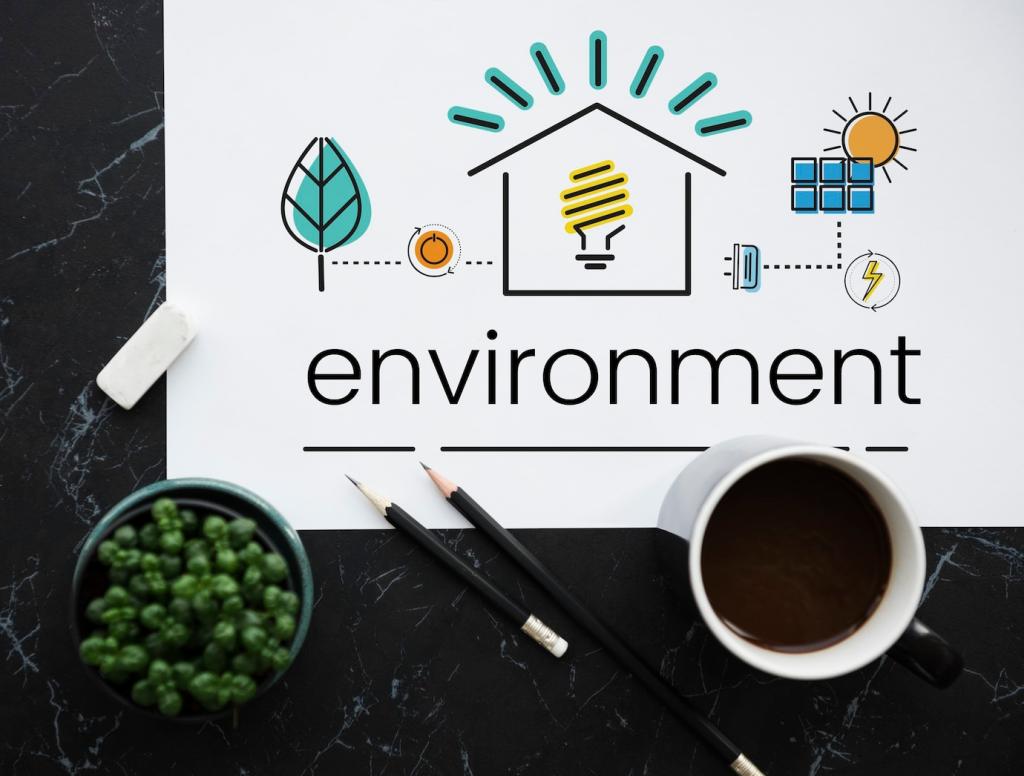Seal First, Then Insulate: The Power Couple
After a Saturday blower-door test, one homeowner discovered gaping leaks around the attic hatch and recessed lights. A few hours of sealing cut drafts dramatically, and the new cellulose blanket finally performed, lowering winter emissions and noise.
Seal First, Then Insulate: The Power Couple
Tight homes need intentional ventilation. A heat or energy recovery ventilator brings in fresh air while capturing warmth or cool from exhaust air. You maintain healthy indoor air without paying an energy penalty, locking in long-term carbon savings.










